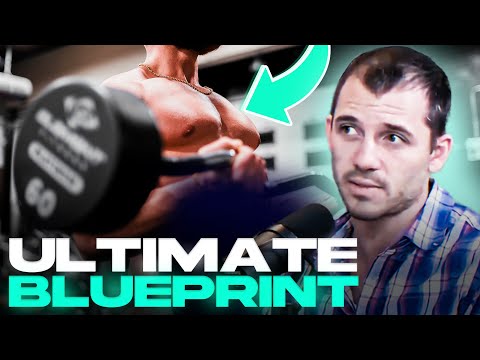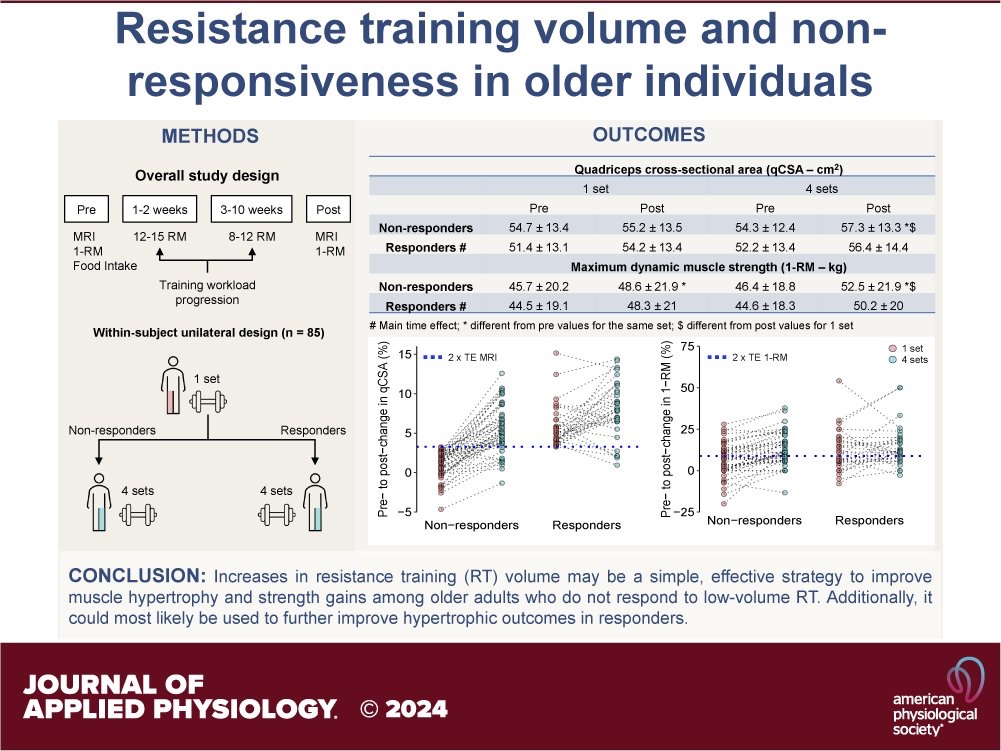“The intake of food containing proteins and leucine during meals stimulates muscle protein synthesis. Lower blood levels of leucine were associated with lower values of the skeletal muscle index, grip strength and performance. The international guidelines recommended that a leucine intake of 3 g at three main meals together with 25-30 g of protein is the goal to be achieved to counteract loss of lean mass in elderly.”
Search and for elderly you’ll find that to “trigger” anabolic processes a senior needs 3-4 grams per meal.
If you’re age 25 or 35 and you eat a turkey sandwich w/ 20 grams, you’ll prompt an anabolic response. If you’re 70, you will not. From what I’ve read leucine acts as a sort of “trigger,” and depending on what study you choose, it’s 3-4 grams of Leucine.
A high proportion of leucine is required for optimal stimulation of the rate of muscle protein synthesis by essential amino acids in the elderly. See:
https://journals.physiology.org/doi/full/10.1152/ajpendo.00488.2005
From this:
“The results suggest that the EAA leucine has a unique role in the stimulation of muscle protein synthesis by EAAs in elderly humans. Specifically, in the elderly, the leucine-enriched EAA mixture stimulated postprandial muscle protein synthesis and resulted in postprandial accretion of muscle proteins, reversing the lack of response following the whey protein-based EAA mixture. In contrast, in the young, both EAA mixtures stimulated muscle protein synthesis, and no unique advantage of extra leucine was evident.”
Again, that “trigger” seems to be (for an elder) 3-4 grams.
Desertshores, you say: “I eat 6 - 12 ounces every day so I assume I am getting enough leucine.”
My response is that it is likely that you are not.
Interestingly if you ate 12 ounces at one sitting, you will trigger the anabolic response. But if you eat 3 meals w/ 4 ounces from your list, you will not because you never got the minimum 3 or 4 grams per meal of leucine.
There’s a very easy fix, which is what I do. I’m a creature of habit and so I’ve done the calculations of how much leucine is in my tuna sandwich and then pop two or three OOO capsules of leucine. 0.6 grams fill one OOO capsule, if I take 3 with my sandwich I get 1.8 grams leucine + what is in the rest of the meal.
1 kilo of L-leucine on zon (Bulk Supplements) cost $28. That’s about 3 cents per gram including the capsule, so for lunch I spend six cents on leucine, but I’m sure that, if nothing else, there is enough to trigger the anabolic state.
I have an All-In-Capsule device that cost about $40 and it takes me about half an hour to fill 200 capsules.

